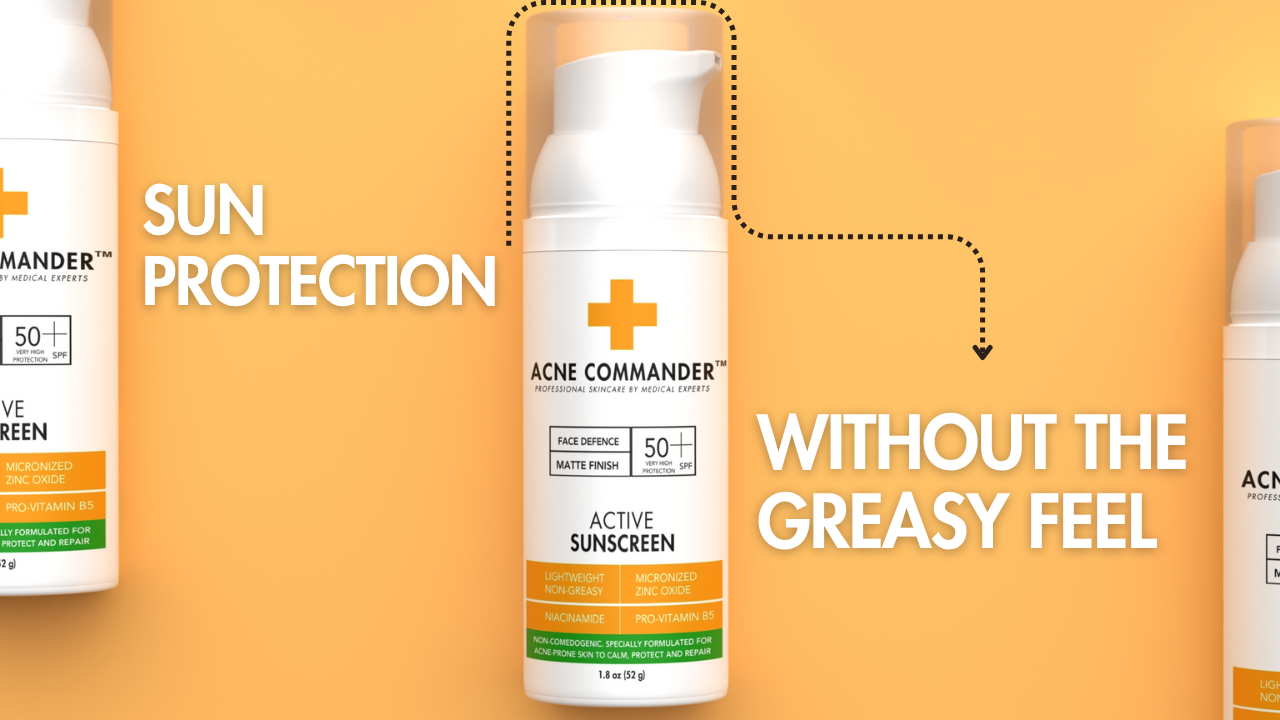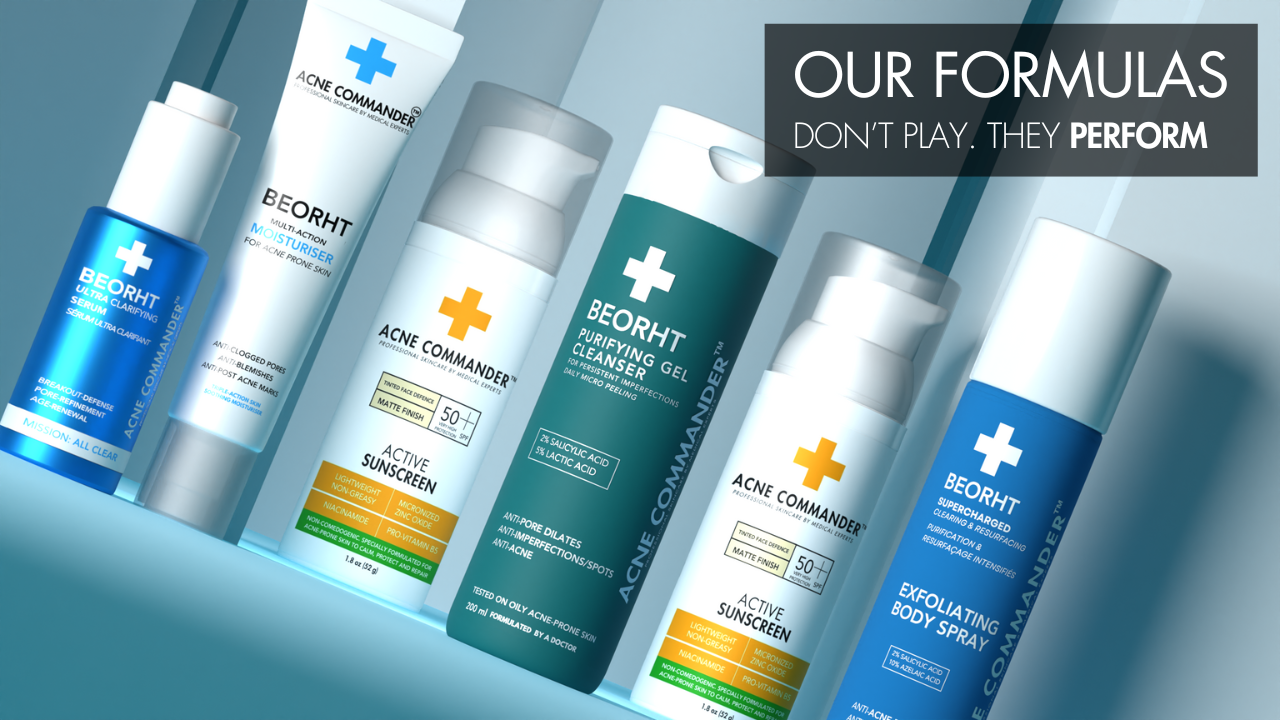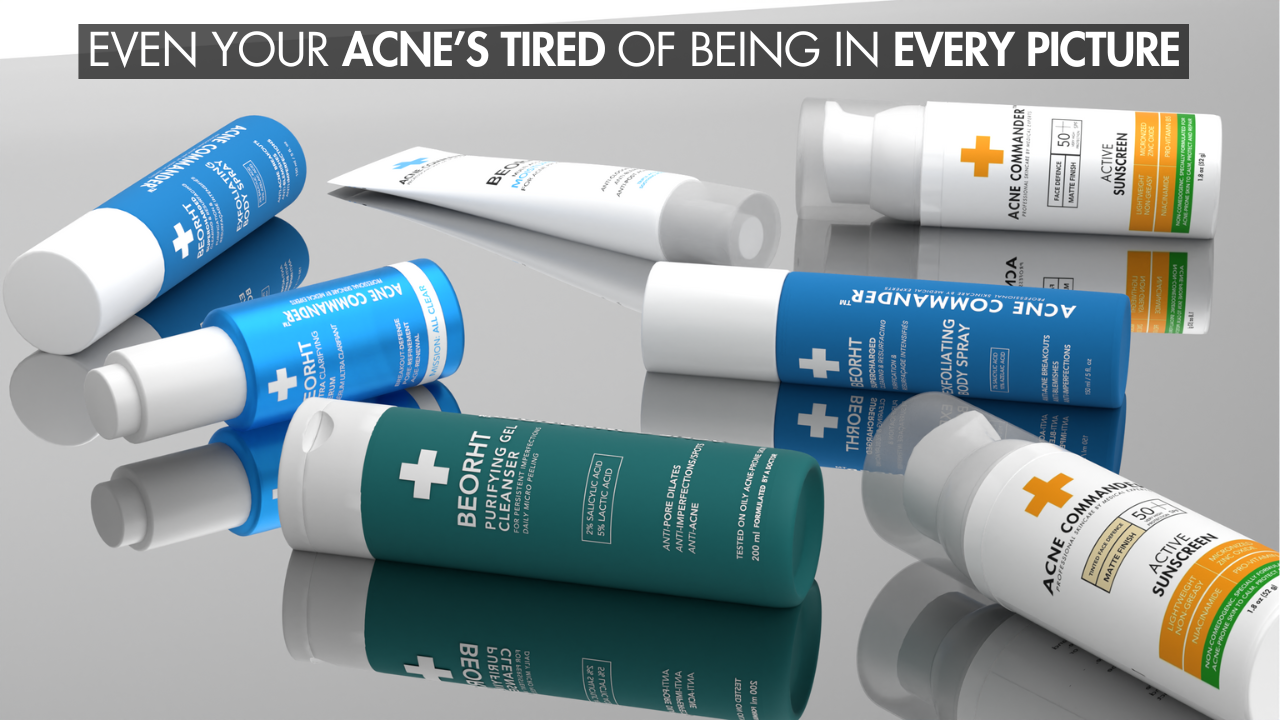Introduction:
Dealing with acne is frustrating enough, but what happens after the breakout? For many, post-acne scars can be a lasting reminder of the pimples they’ve tried so hard to get rid of. Acne scars can range from dark spots to more deeply pitted skin, making it feel like the battle isn’t over even after the pimples themselves are gone. If you’re wondering how to get rid of these marks, salicylic acid might be the solution you need.
Salicylic acid, one of the most effective ingredients in the world of acne treatment, has a powerful impact on not only clearing active breakouts but also healing acne scars. In this article, we’ll dive into how salicylic acid works to address post-acne scars, improve skin texture, and give you that smooth, clear complexion you’ve been longing for.
What Is Salicylic Acid?
Salicylic acid is a beta-hydroxy acid (BHA) known for its ability to treat acne. Unlike alpha-hydroxy acids (AHAs), which work mainly on the skin’s surface, salicylic acid has the unique ability to penetrate deep into the pores, exfoliating inside and helping to remove excess oil, dead skin cells, and other debris that can clog pores and lead to acne.
This exfoliating action is one of the reasons why salicylic acid is so effective in helping to fade acne scars. Sloughing off the top layer of dead skin cells allows fresh, new skin cells to emerge, helping to reduce the appearance of scars and smooth out uneven skin texture.
How Does Salicylic Acid Help with Acne Scars?
Acne scars are a direct result of skin damage caused by inflammation from active pimples. When the skin heals improperly, it can result in either hyperpigmentation (dark spots) or textural changes (pitted scars). Here’s how salicylic acid helps to improve both types of acne scars:
-
Exfoliation for Skin Renewal
One of the key ways salicylic acid helps with acne scars is by promoting skin turnover. As salicylic acid exfoliates the skin, it helps remove the layer of dead skin cells that can make scars more visible. Over time, this process reveals fresh, healthy skin that is smoother and more even in tone.
-
Improving Skin Texture
Salicylic acid stimulates the skin’s natural ability to repair itself. By increasing cell turnover it helps smooth out textural irregularities such as pitted scars or bumpy skin left behind by acne. Regular use of salicylic acid can gradually improve the surface of the skin, making scars less noticeable.
-
Reducing Hyperpigmentation
Acne often leaves behind dark spots or hyperpigmentation, especially in individuals with darker skin tones. Salicylic acid has anti-inflammatory properties that help reduce redness and swelling, which can minimize the appearance of dark spots. As it exfoliates, it also helps lighten post-acne marks, contributing to a more even skin tone.
-
Preventing Future Breakouts
Acne scars cannot form without the active acne that causes them. Salicylic acid not only helps treat existing scars but also works to prevent future breakouts by keeping pores clear. By regularly using products containing salicylic acid, you reduce the risk of new acne forming, thus preventing new scars from developing.
Why Choose Salicylic Acid for Acne Scars?
Salicylic acid is highly effective in treating both acne and acne scars for several reasons:
-
Penetrates Deep into Pores
While other exfoliants work only on the skin’s surface, salicylic acid is lipid-soluble, which means it can penetrate deep into the pores. This allows it to target the root causes of acne and acne scars—clogged pores and excess oil production.
-
Reduces Inflammation
Salicylic acid has anti-inflammatory properties, making it ideal for reducing redness and irritation associated with acne. This can help calm angry breakouts and prevent new ones from forming, as well as reduce the redness associated with acne scars.
-
Gentle on the Skin
While salicylic acid is effective, it’s also gentle enough for most skin types. Unlike physical exfoliants that can be abrasive, salicylic acid provides a smoother, gentler alternative for treating acne scars without causing irritation or sensitivity.
-
Suitable for All Skin Types
Whether you have oily, dry, or combination skin, salicylic acid is a versatile treatment that can benefit everyone. It works well for oily skin types by helping to control excess sebum production, while still offering benefits for dry skin by promoting gentle exfoliation.
How to Use Salicylic Acid to Treat Acne Scars
To effectively treat acne scars, it’s important to incorporate salicylic acid into your skincare routine properly. Here are some tips for optimal use:
-
Cleanse First:
Always start with a gentle cleanser to remove any dirt, oil, or makeup. Use a mild, non-stripping cleanser to avoid irritating your skin.
-
Apply Salicylic Acid:
After cleansing, apply a product containing salicylic acid, such as a toner, serum, or spot treatment. For overall acne and scar treatment, use a serum like Beorht Ultra Clarifying Age Renewing Serum, which contains salicylic acid as one of its active ingredients, along with other soothing agents like Niacinamide and Chamomile Extract. This combination targets acne and helps fade scars without causing dryness or irritation.
-
Moisturize:
After applying salicylic acid, follow up with a lightweight moisturizer to keep the skin hydrated. Even if you have oily skin, don’t skip this step, as proper hydration is essential for healing.
-
Use Sunscreen:
Always apply sunscreen in the morning, especially when using salicylic acid, as exfoliation can make your skin more sensitive to the sun. Choose a broad-spectrum sunscreen with at least SPF 30 to protect your skin from harmful UV rays and prevent further hyperpigmentation.
How Long Does It Take to See Results with Salicylic Acid?
Patience is key when treating acne scars with salicylic acid. While you may notice some improvement in the texture and clarity of your skin after a few weeks, it can take up to 6-8 weeks for significant fading of acne scars, especially if they are deeply pitted or darkly pigmented.
Consistent use is essential. By using products containing salicylic acid regularly and following a complete skincare routine, you will gradually see smoother skin and a reduction in the appearance of scars.
Can Beorht Ultra Clarifying Age Renewing Serum Help with Acne Scars?
The Beorht Ultra Clarifying Age Renewing Serum from Acne Commander is an excellent choice for treating acne scars. The serum combines salicylic acid with other active ingredients like glycolic acid and Niacinamide to not only target active acne but also help fade post-acne scars and improve skin texture.
With consistent use, this serum can help you achieve clearer, smoother skin by:
-
Exfoliating and removing dead skin cells.
-
Fading dark spots and hyperpigmentation left behind by acne.
-
Reducing redness and inflammation.
-
Promoting overall skin renewal and repair.
If you’re looking for an effective, all-in-one serum that addresses both acne and acne scars, the Beorht Ultra Clarifying Age Renewing Serum is a great option.
FAQ Section:
-
Can salicylic acid help with acne scars?
Yes, salicylic acid promotes skin renewal by exfoliating the skin and encouraging the growth of fresh skin, helping to fade acne scars over time.
-
How does salicylic acid treat acne scars?
It exfoliates the skin, removes dead skin cells, and stimulates collagen production, all of which improve skin texture and fade scars.
-
Is salicylic acid safe for sensitive skin?
Yes, salicylic acid is generally safe for sensitive skin, but it’s important to start with a lower concentration and patch-test the product.
-
How long does it take for salicylic acid to fade acne scars?
It can take 6-8 weeks for significant improvement, depending on the depth and severity of the scars.
-
Can I use salicylic acid every day?
Yes, you can use salicylic acid daily, but start slowly to avoid irritation. Gradually increase usage as your skin builds tolerance.
-
Does salicylic acid prevent new acne breakouts?
Yes, salicylic acid helps to prevent future breakouts by unclogging pores and reducing inflammation.
-
Can salicylic acid be used with other acne treatments?
Yes, salicylic acid can be combined with other acne treatments like benzoyl peroxide, but make sure to avoid over-exfoliating.
-
Should I use salicylic acid in the morning or evening?
Salicylic acid can be used in both the morning and evening, but always apply sunscreen during the day, as it can make the skin more sensitive to UV exposure.
-
Can salicylic acid cause skin dryness?
Yes, salicylic acid can dry out the skin, especially if used in high concentrations. Follow up with a good moisturizer to prevent dryness.
-
Is salicylic acid effective for cystic acne?
Yes, salicylic acid is effective for treating cystic acne by reducing inflammation and clearing clogged pores deep within the skin.





